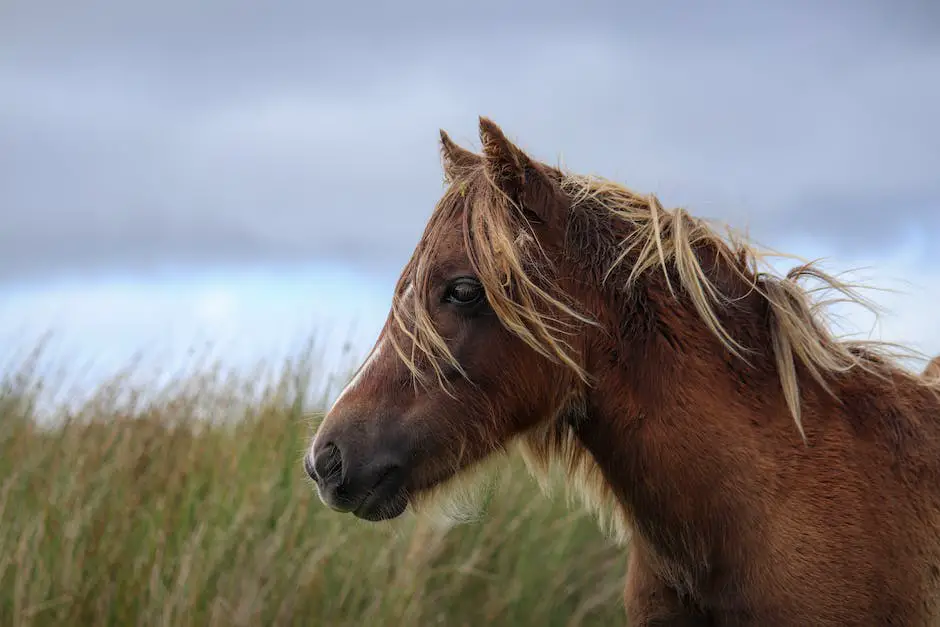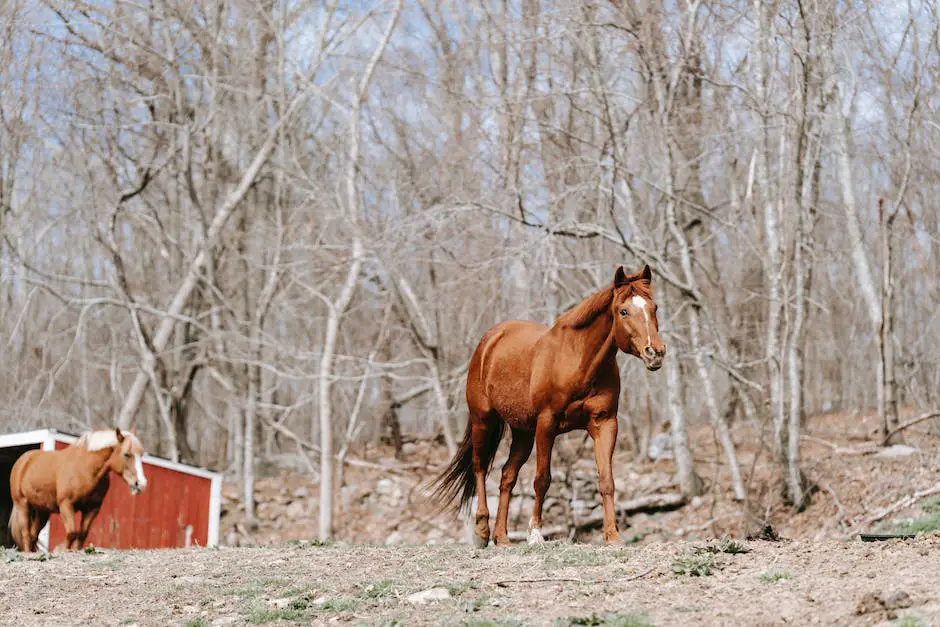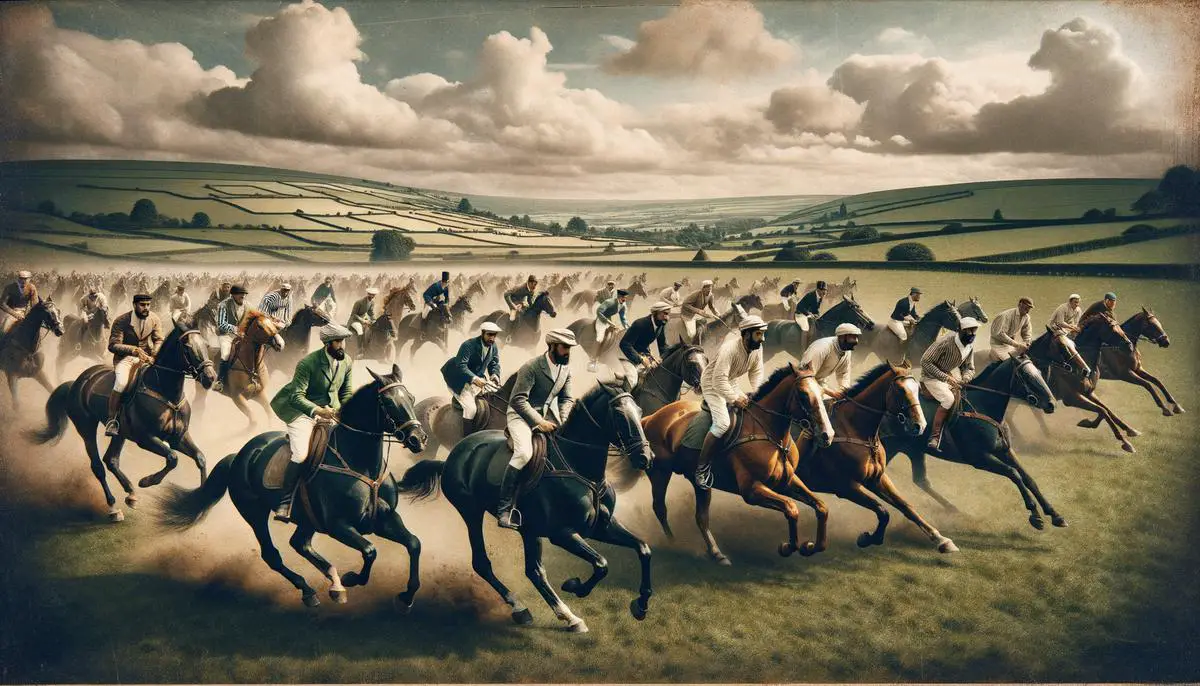Endurance riding in France is not merely a sport but a tapestry woven through the ages, rich with tradition and the relentless pursuit of excellence. Its emergence from historical roots into a revered modern discipline represents a saga of both human and equine passion. As we embark on a journey through the annals of French endurance riding, we will discover how it blossomed into the sport it is today—capturing the hearts of many and commanding the respect of equestrian enthusiasts worldwide. Focusing our gaze upon the French breeds that have become synonymous with stamina and elegance, this exploration will provide a comprehensive understanding of the intrinsic qualities that make these horses emblematic of endurance success.
Table of Contents (Horspedia)
History of Endurance Riding in France
The Roots and Rise of Endurance Riding in France
Endurance riding, the equestrian sport where horse and rider traverse long distances, is a challenge that calls to the hearts of many. Imagine galloping through breathtaking landscapes, the unbreakable bond with a horse, and the gritty determination to reach the finish line. In France, where equine traditions run deep, endurance riding has evolved into more than just a test of stamina; it’s an adventure steeped in history.
Let’s take a gallop through time to see how this exciting sport became such an essential part of French equine culture.
Back in the day, horses were the go-to mode of transportation. They were crucial for everything from delivering important messages across vast distances to moving armies from point A to B. The horses that could go far, and fast, were worth their weight in gold. This need for long-distance travel naturally set the stage for endurance riding.
Moving forward, endurance riding in France took shape through military tests for cavalry mounts in the early 20th century. The French military had a keen interest in the horses’ ability to endure long distances, while still being ready for action upon arrival. These tests were not just a mere showcase of stamina but also highlighted the rider’s skills in managing the horse’s pace and well-being.
But it wasn’t until later in the 20th century that endurance riding in France really found its pace as a sport. The French Endurance Riding Association (Association Française d’Endurance Équestre, or AFEE) was formed in the 1960s, making endurance racing not just a military exercise but a competitive event for everyone. This association played a key role in establishing rules and regulations that prioritized both the safety and enjoyment of the activity.
One notable event that has become a cornerstone in French endurance riding is the Florac Endurance Ride. First held in 1971 in Florac, in the heart of the scenic Cevennes National Park, this 160-kilometer race put both human and horse athletes to the test against some of France’s most stunning, yet challenging, landscapes. It’s a true mix of history, culture, and physical challenge.
The growing popularity of endurance riding led to the development of similar events across the country, each course with its own unique terrain and challenges. Alongside these, breeding programs for horses that excel in endurance, such as the Arabian breed, flourished throughout France.
What’s exceptional about endurance riding as a sport in France is how it harmonizes with the French appreciation for the countryside. The sport is not just about competing; it’s a way to celebrate and connect with nature. Riders get to experience parts of the country that are off the beaten path, often only accessible on horseback, with courses that could take them through vineyards, mountains, forests, or along coastal paths.
Through these adventures, endurance riding in France has become more than a sport; it’s a tradition. While the bond between horse and rider is at its core, the sport continues to bring people together, instilling a sense of community and shared passion. From the historic military roots to the winding trails of Florac, endurance riding in France endures as a testament to the spirit of the horse, the determination of riders, and the beauty of the French landscape.
Pack your tack, a love for the open trail, and maybe a bit of French flair; these are the makings of an endurance rider ready to take on France’s great expanse. And who knows? Maybe the next ride is the one where you make history.

Characteristics of French Endurance Breeds
So, what’s the secret sauce that makes French horse breeds such superstars in the world of endurance riding?
Well, hold on to your bridles, because it all boils down to a few core traits that give these horses a leg – or four – up in the competitive arena.
First up, let’s talk stamina. French breeds, like the illustrious Anglo-Arab, are the marathon runners of the equine world. They’ve been tailored through selective breeding to go the distance—that means long rides over those rolling hills and through the challenging terrains, without breaking a sweat (metaphorically speaking, of course).
These horses don’t just have incredible energy reserves; their bodies are finely tuned endurance machines. They’re often lean, with strong, well-defined muscles that scream efficiency. Their hearts are larger, which means better blood flow and oxygen delivery to those powerhouse muscles during the intense demands of an endurance ride.
Another point to saddle up to is the breed’s incredible ability to keep cool – literally. Cooling is the make-or-break deal in endurance. A horse that can trot and gallop for hours but can’t dissipate heat is like a car with a great engine but no radiator – it’s going to overheat. French horses are often blessed with a coat and skin that help them to effectively regulate their body temperature, ensuring they can perform at their peak, longer.
Let’s not forget the hooves. They say no hoof, no horse, and when it comes to endurance, truer words have never been spoken. Thankfully, French breeds often flaunt durable and well-shaped hooves that allow them to tread over rocky paths and uneven terrain without as much risk of injury. This means they’re less likely to throw a shoe or suffer from bruises, keeping them in the running, quite literally.
Mental toughness is just as important as physical resilience. French breeds are known for their mental fortitude in the face of fatigue. Imagine reaching the end of a 100-mile ride; it takes a special kind of grit and determination not just from the rider, but from the horse as well. And French breeds bring that ‘je ne sais quoi’ to their attitude, allowing them to push through when others might balk.
So, there you have it – the magic mix that makes French breeds top contenders in endurance riding: stamina, heat regulation, strong hooves, and an unflappable spirit. It’s no wonder they’ve become the go-to for riders looking to go the distance. And with these equine athletes by their side, endurance riders can embark on the timeless journey through nature’s vast expanse, continuing a tradition that celebrates not just the physical prowess, but the enduring bond between horse and rider. Bonne route!

Top French Breeds for Endurance Riding
Delving deep into the heart of France’s equestrian heritage unveils a handful of majestic horse breeds that are not only a sight to behold but also pack a punch when it comes to endurance riding. When we talk about stamina and grace under distance pressure, certain French breeds emerge at the top, each bearing unique traits that contribute to their prowess in the long-distance arena.
The French Anglo-Arab, a striking blend of thoroughbred speed and Arabian endurance, stands as a prime example of equine excellence in endurance riding. This horse is not only swift but can sustain a swift pace over treacherous terrains and extensive distances, all thanks to generations of careful breeding focused on creating the ultimate endurance companion.
Next trotting into the spotlight is the Selle Français. Often known as the versatile athlete of the horse world, this breed’s well-muscled physique and powerful hindquarters give it the edge in covering ground efficiently. Though originally bred for show jumping and other events, the Selle Français has proven its robust nature and unwavering stamina in endurance events, showing that versatility is indeed its specialty.
Let’s not forget the Merens horse, a sturdy mountain breed known for its sure-footedness and hardy constitution. Hailing from the Pyrenees, these horses have evolved to navigate the challenging mountain terrain, which directly translates to their ability to endure long rides without batting an eye.
The Castillon, another hidden gem among French breeds, is noted for its tenacious character. They are bred in the harsh mountainous regions and come equipped with a natural ability to traverse long distances, making them excellent candidates for endurance enthusiasts who seek a hardy mount for their long-haul adventures.
It is these breeds, among others, that uphold the vibrant tradition of endurance riding in France. The stamina, selective breeding, and physical efficiency of these horses dovetail perfectly with the mental fortitude required for such a demanding sport. Their well-shaped hooves, robust cardiovascular systems, and ability to regulate body temperature even under the strain of endurance runs are characteristics that make them stand out.
Moreover, the mental strength and calm demeanor of these French breeds often go overlooked, yet it’s just as critical to the success of endurance riding. Their determination and mental fortitude ensure they can face the mental challenges of long-distance rides without slipping into stress or fatigue.
Understanding the synergy between horse and rider is crucial in endurance riding. This enduring bond, cultivated over countless miles, underpins the sport’s spirit. The shared resilience and mutual trust are what make both the French breeds and their riders excel in this enduring test of will, stamina, and grace.

Training and Care for Endurance Horses
Training and Caring for Your Endurance Horse: A Guide to Peak Performance
When you commit to the sport of endurance riding, you’re signing on for one of the most thrilling and demanding equestrian activities out there. It’s not just any horse that can take on the miles of rugged terrain in an endurance event. These horses are extraordinary athletes, and their training and care require special attention to keep them fit and healthy.
The Right Training for Endurance Success
Endurance horses must have a solid training foundation that focuses on building their stamina gradually. Start with short distances and slow paces, ensuring that the horse doesn’t overexert itself too early in the training regimen. Incrementally increase the distance and the speed as the horse’s fitness level improves. This gradual build is essential for preventing injuries and ensuring the horse has the physical and mental capability to withstand the rigors of endurance competitions.
Interval training is a key part of the endurance horse’s regimen, where periods of intense work are followed by rest or light activity. This not only boosts cardiorespiratory stamina but also teaches the horse to recover quickly between exertion phases. Trail training is also important for the horse to become accustomed to the different terrains it will face in an event.
Nutrition: Fueling for the Long Haul
An endurance horse’s diet is just as vital as its training. High-quality forage should be the basis of their nutrition, supplemented with grains and fats that provide concentrated energy. Electrolyte balance is crucial, too, as endurance horses lose significant minerals through sweat during their long workouts and races.
Monitoring weight and body condition is also essential to ensure the horse is getting the right amount of calories. Consult with a veterinary nutritionist if possible to craft a feed plan tailored to the individual needs of your endurance horse.
Health: Preventative Care Goes a Long Way
Regular veterinary check-ups can catch potential issues before they become problems. Endurance horses should be under a rigorous vaccination and deworming schedule to prevent illness. Dental care is a must, as a healthy mouth impacts how well a horse can eat and perform.
A horse’s legs and hooves are the pillars of their performance. Regular visits from a farrier will keep hooves in shape and help prevent lameness. It’s also wise to familiarize yourself with leg care practices, including knowing how to spot signs of strain or injury.
Rest and Recovery are Crucial
Just like humans, horses need adequate rest to perform at their peak. Make sure to factor in rest days into the horse’s training schedule where they can recharge, helping to prevent both physical and mental burnout.
After strenuous workouts or competitions, focused recovery time is essential. This can include practices like cool-down rides, leg care protocols, and ensuring the horse has a calm environment to relax.
Mental Toughness: The Psychological Edge
Endurance horses must be mentally prepared for the challenges they will face. This involves exposing them gradually to various situations they might encounter during an event, such as water crossings, wildlife, or unfamiliar sounds.
Building a strong relationship and maintaining consistent training practices help in developing a horse’s trust and confidence. A mentally sound horse is a willing and eager partner on the trail, ready for whatever lies ahead.
By combining a thought-out training schedule, proper nutrition, health maintenance, and rest periods, you’ll have set the stage for your horse to thrive in endurance riding. It’s the consistent daily efforts that make for an enduring partnership and performance when it counts.

Photo by charlesdeluvio on Unsplash
Notable Achievements in French Endurance Riding
Shifting gears to the spotlight of French endurance riding, we have some remarkable feats and records that showcase the depth of talent and passion in this sport. France is often at the forefront of setting global benchmarks in endurance riding. It’s home to some of the world’s most tenacious riders and resilient horses, whose accomplishments are nothing short of extraordinary.
One of the key achievements to highlight is France’s dominance in international competitions. French riders have amassed a formidable reputation in endurance races such as the FEI World Equestrian Games and the European Endurance Championships. Their knack for strategizing, horse management, and the mental fortitude to endure grueling distances really shines on the global stage.
Consider, for example, the success at the 2014 FEI World Equestrian Games held in Normandy, France, where the French team clinched the gold medal. This victory stamped France’s authority in the world of endurance riding, demonstrating not just superior riding skills but also meticulous preparation and team strategy.
Individual rider achievements are equally impressive. French riders are known for their consistency in finishing long races within the top ranks. There are stories woven into the fabric of this sport, about riders who complete 100-mile trails with their equine partners, pushing through fatigue and obstacles to emerge victorious.
It’s also important to acknowledge the key role of French-bred horses in this saga of accomplishments. The nation’s breeding programs have led to the creation of horses that find a synergy between endurance and speed. These horses undergo rigorous training and conditioning to fine-tune their performance, capturing medals and breaking records along the way.
Moreover, the French initiative to integrate technological advancements into the sport, like the use of GPS tracking and heart rate monitors during races, has driven significant progress. This combination of tradition and innovation ensures optimal performance from both horse and rider and promotes the safety and well-being of the equine athletes.
The endurance riding community in France also excels in fostering the next generation of riders and horses. Initiatives ensuring the transfer of knowledge and skills from seasoned riders to novices are central to maintaining France’s competitive edge in this demanding sport.
Finally, the respect and adoration that French riders have for their horses add a layer of success beyond medals and accolades. The sympathetic approach to training and competing, which prioritizes the horse’s health and happiness, leads to career longevity for the horses and allows riders and their mounts to enjoy the sport for years to come.
In a nutshell, French endurance riding is decorated with countless accomplishments that extend beyond the track. The harmonious blend of rider tenacity, horse capability, strategic innovation, and a nurturing community spirit ensures that this sport remains a shining beacon of equestrian prowess in France.

The majestic strides of French endurance horses resonate as a testament to the nation’s equestrian heritage, leaving an indelible mark on the international stage. As we have celebrated their historic achievements and the dedication that goes into their training and care, it becomes clear that these equine athletes are not just participants in the sport; they are the very pulse of endurance riding. The majesty of their gait and the unwavering spirit they exhibit under the most grueling conditions are but a mirror reflecting the grandeur of France’s equestrian tradition. It is through the continual striving for excellence and the nurturing of these remarkable breeds that the future of French endurance riding remains not only promising but also resplendent with the potential for greatness that courses through the veins of both horse and rider.
